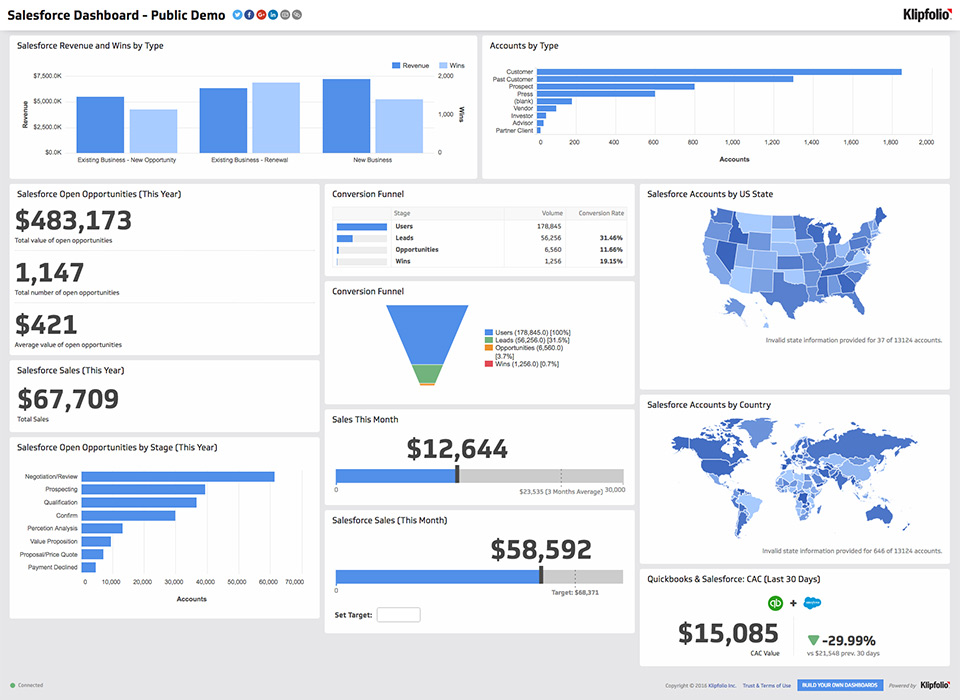


Then select your list view and click the “Edit” link next to it (picture below). To access your list view settings, first click the tab that holds the view. Since making a personal list view public requires the “Manage Public List Views” profile permission, and as a best practice, only administrators should have this permission, you will need to take a screen shot of the list view settings or type them out so you can share them. The highlighted spots are what you will be looking for.

The screen shots below are from our demo org so your views may differ slightly. Not to leave out the System administrators, there is a section after the List Views section called “For Salesforce Administrators” describing the steps to allow your users to move their items to public folders. Then there are steps on how to move them once you have your Salesforce administrator make some modifications. Each Salesforce user can follow the steps below to check if they have items in their personal folders. In this post, we cover your “Personal List Views.” These can only be moved with certain administrator permissions so they are special and require their own section. In the last blog post we described the steps (with screen shots) to check if you have anything in your “My Personal Email Templates” and “My Personal Documents” folders and how to make them public. If you save an item to your Salesforce Personal Folder, it cannot be seen by anyone, including Salesforce system administrators. These Salesforce Personal Folders are accessible by you only. In Salesforce, you have four “Personal” folders.


 0 kommentar(er)
0 kommentar(er)
